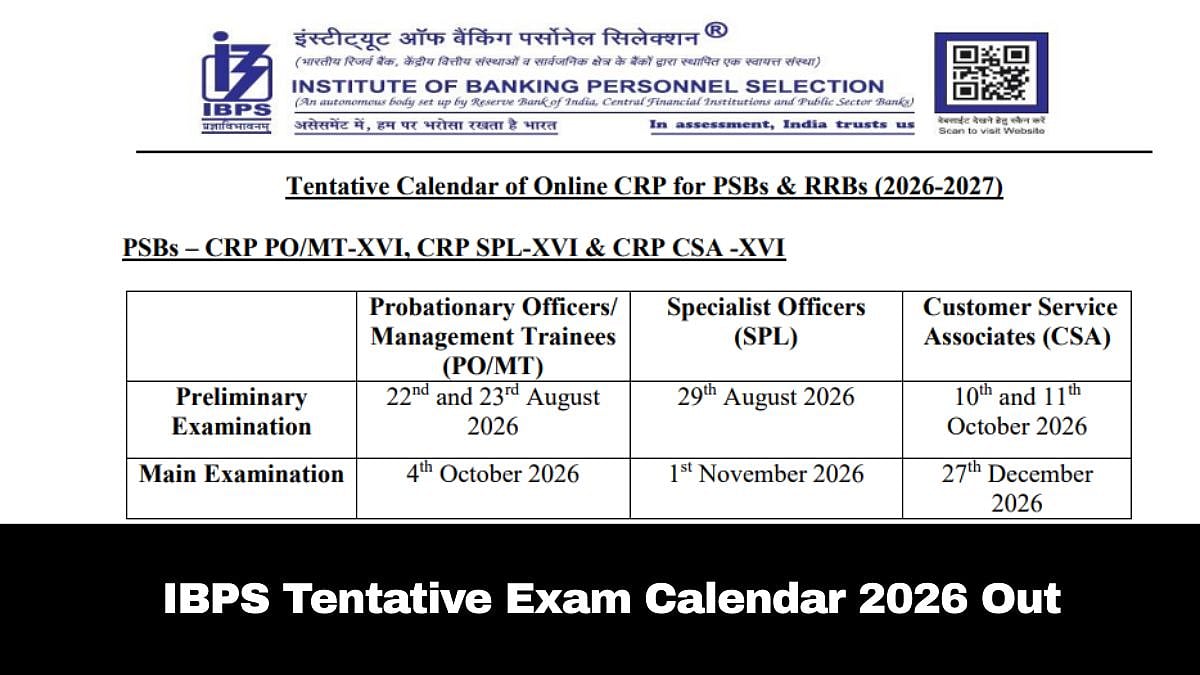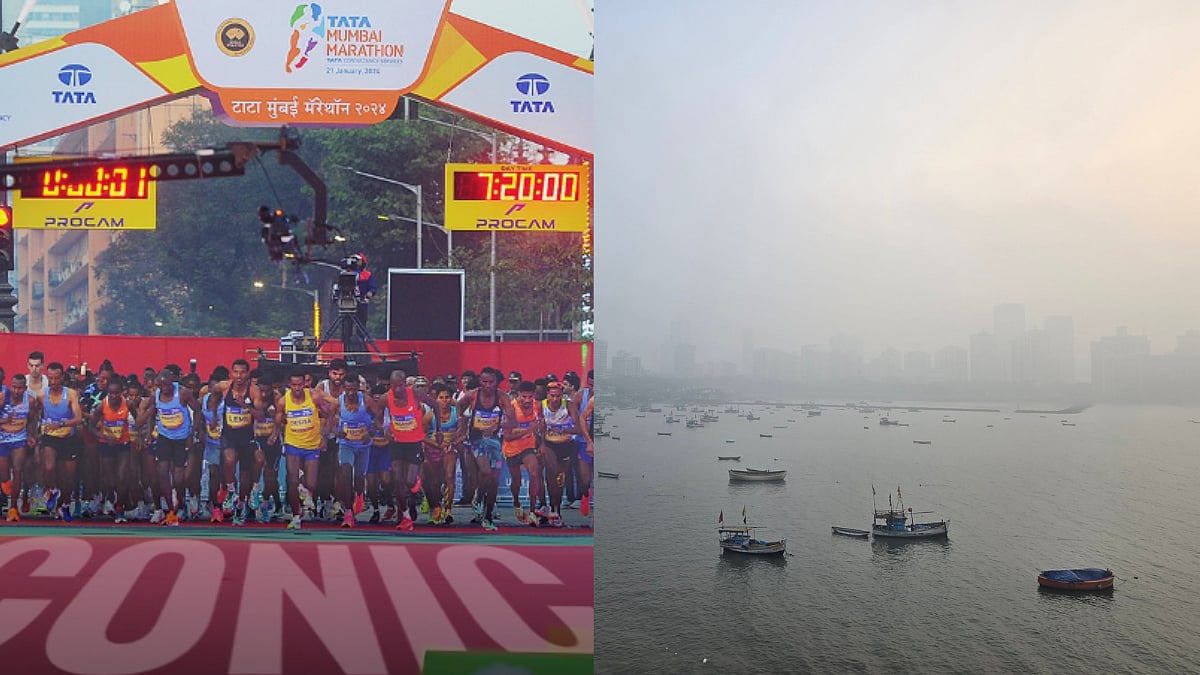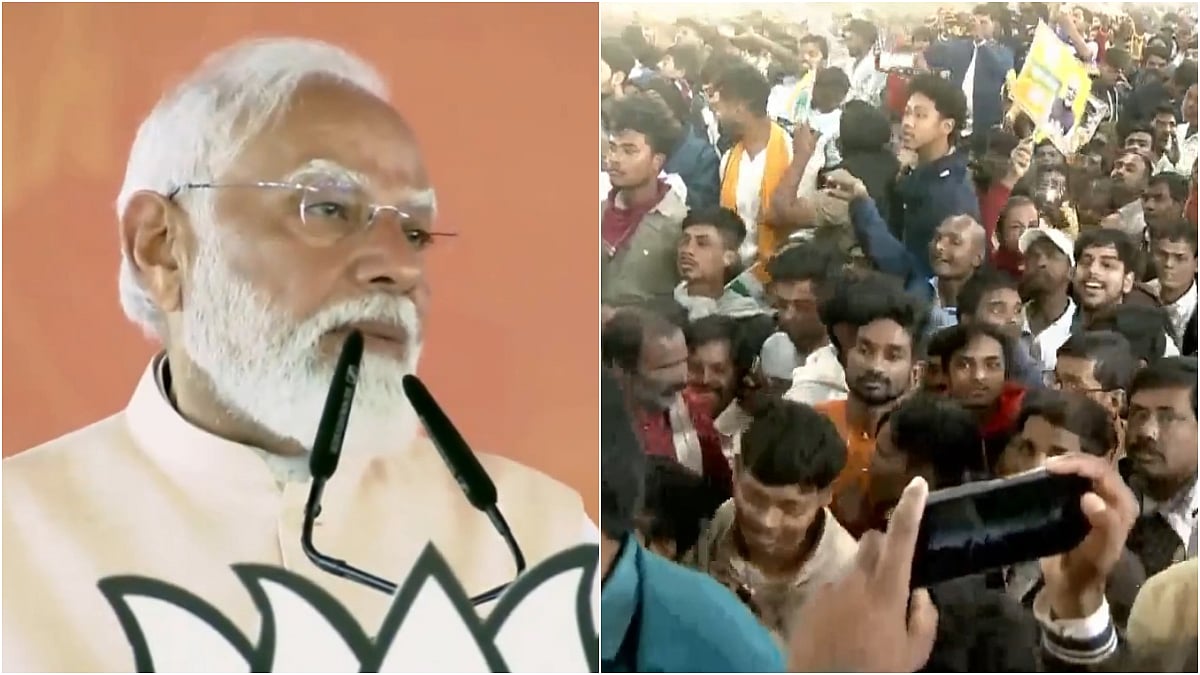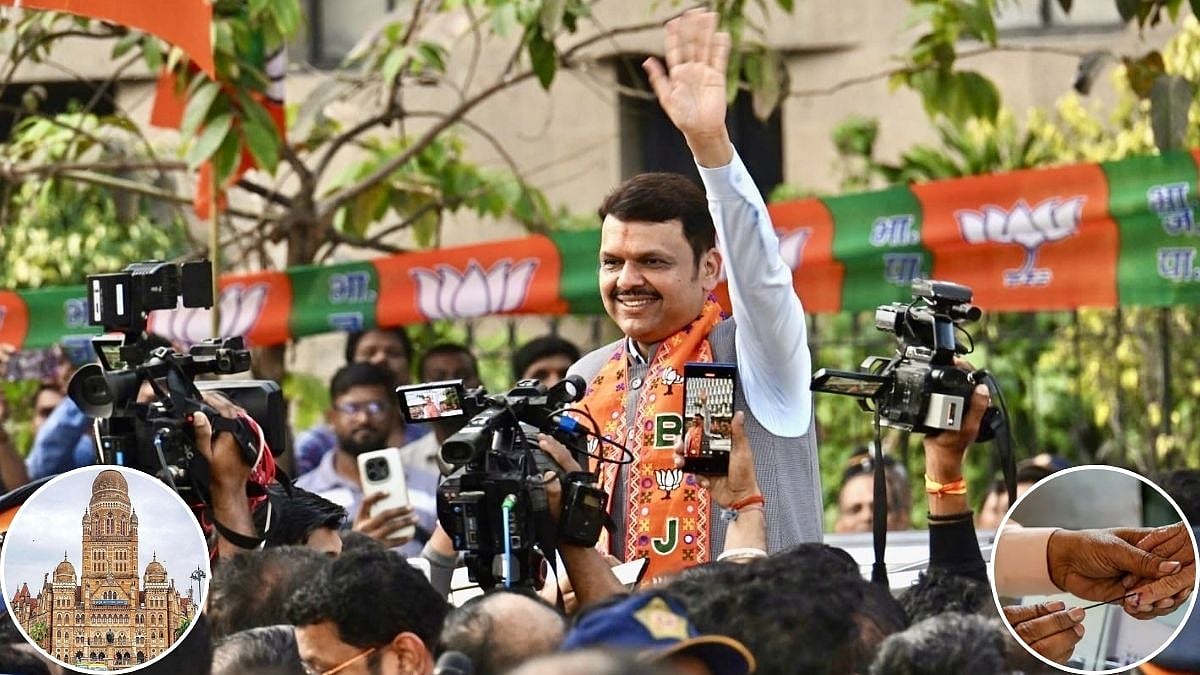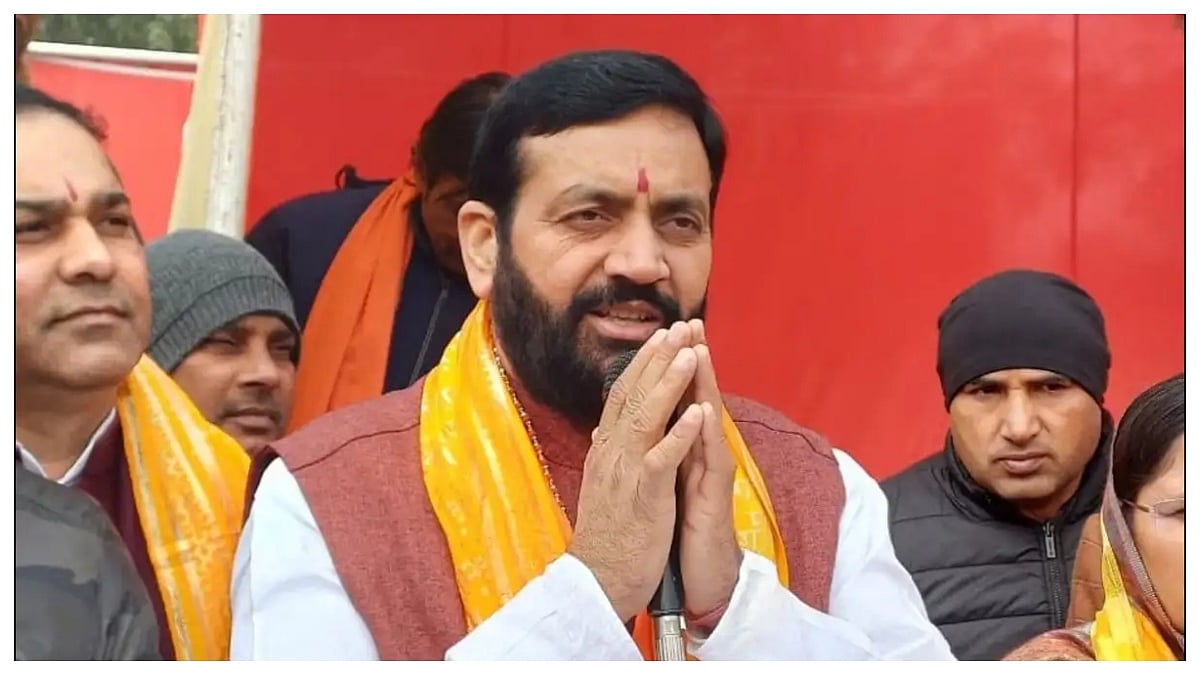The Chinese are not pulling back, at least not yet. That message comes across clearly from the latest meeting of the Corps Commanders of the rival militaries on Tuesday. After the two foreign ministers’ meeting in Moscow, where they decided to lower tensions, the meeting of the commanders at the Moldo border point between Indian and Chinese delegations had created hope of actual disengagement at the border. For that to happen, we will have to wait for several more rounds of talks at the political and military levels.
This is not surprising, though. In the past, whenever the Chinese have intruded into the Indian side of the Line of Actual Control, and they have done that a number of times in the decades since the 1962 war, it has taken months and even years to get them to withdraw. The case of the Sumdorong Chu Valley is instructive to fathom the Chinese mind. In 1986, they had occupied a chunk of Indian territory in the Arunachal Pradesh sector. Upon being noticed, they refused to move back. The standoff lasted for nearly two years, with the militaries of the two countries amassing in strength at the border for a confrontation.
While the diplomats engaged in talks to find a negotiated settlement, the rival armies kept ready to pull the trigger at a moment’s notice. For two years, tensions rose and ebbed depending on the outcome of the latest round of meetings between the rival diplomats. But at long last, an amicable end to the standoff was found. with the Chinese pulling back with marginal concessions by India. This time, the tension might be a shade worse. The political leadership in India has issued a public notice of its determination to ensure the Chinese pullback, while at the time of the Sumdorong Valley standoff in 1986-87, Prime Minister Rajiv Gandhi had maintained a radio silence. Besides, there was nobody like Rahul Gandhi to tweet childish tweets daily to taunt him.
The joint statement issued after the 12-hour meeting on Tuesday said both sides had agreed not to 'send more troops to the frontline’ and 'refrain from unilaterally changing the situation on the ground’. The Indian delegation included a senior official from the Ministry of External Affairs. The reason why such meetings routinely extend up to 10-12 hours, it seems, is due to the language barrier, with translators on either side rendering into the respective languages the words of the rival delegates.
The two sides agreed to 'stabilise' the situation along the LAC in the China-India border areas. Government critics have latched on to the word, 'stabilise’ to suggest that this meant that the move to force back the aggressor from the territory it had occupied in April-May was abandoned. Of course, this is utter nonsense, given that precedents are clear pointers to the way the Chinese conduct their border affairs.
What is a promising sign is that the joint statement also talks of the next round of military commander-level talks 'as soon as possible’. It also talked of 'taking practical measures to properly solve problems on the ground, and jointly safeguard peace and tranquility in the border area’. Non-escalation in the period between now and the next round of talks and ensuring an incident-free border while the two armies stand eyeball-to-eyeball would hold the key to progress in the seventh round of commanders’ meeting.
That China routinely needles its neighbours, testing their resolve to defend territorial integrity is now well-known. Indeed, it has followed a policy of two steps forward and one step backward to expand its strategic advantage. However, in the present standoff with India, after the initial lapse when the Indian border guards were taken by surprise, India has done everything to reflect its firmness. The manner in which the Indians occupied the heights in the Galwan Valley, putting the Chinese back at a pronounced strategic disadvantage, surprised them. Yet, one would keep one’s fingers crossed. The Chinese are known to be most inscrutable.
The winter will see the rival troops camping out in below minus 20° temperatures under the clearest of skies. In this regard, Indians are better acclimatised than their Chinese counterparts but it is harsh on both armies. The sooner the stalemate ends in a negotiated manner, the better for both countries. Covid-19 has already wrecked the economy. With the border tensions, the economic costs could be worse unless peace is restored soon at the LAC.

